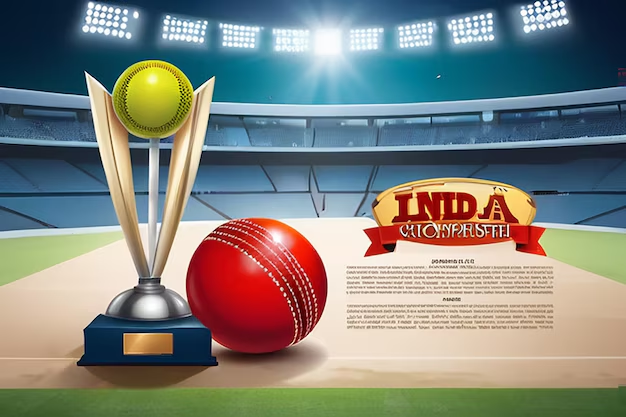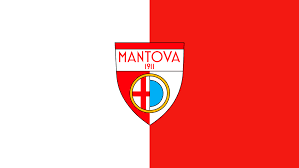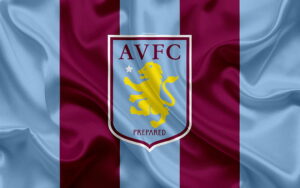
India I-League
The I-League operates under a unique structure that differentiates it from other football leagues worldwide. It has undergone various modifications kubet77 since its inception, resulting in a format that combines both competitive balance and fan engagement.
League Composition of the India I-League
The composition of the I-League traditionally consists of around ten to twelve teams, although this number can fluctuate based on promotions and relegations from lower divisions. Each season, clubs compete against each other in a round-robin format, which ensures that every team faces one another, enhancing the competitive nature of the league.
Clubs are awarded three points for a win, one point for a draw, and no points for a loss. At the end of the season, the team with the highest points is crowned the champion. This straightforward point system fosters intense competition and provides clubs with clear goals throughout the season.
Promotion and Relegation System
An essential aspect of any league is the promotion and relegation system. In the I-League, the bottom teams face relegation to the I-League 2nd Division, while top performers in the lower division earn promotion to the premier league.
This system ensures that clubs strive for excellence every season, knowing that failure could result in demotion. It also encourages ambitious clubs in the lower division to invest in talent and resources to ascend to the I-League, thereby enhancing the overall quality of football in India.
Television Broadcast and Fan Engagement
The India I-League importance of television broadcasting cannot be overlooked in shaping the popularity of the I-League. With dedicated broadcasts and coverage on various sports networks, the league has gained visibility and attracted a larger audience. This exposure allows fans to follow their favorite teams from the comfort of their homes.
Additionally, the rise of social media platforms has provided clubs and players with an avenue to connect directly with fans. Engaging content, player interviews, behind-the-scenes footage, and live match updates all serve to enhance the fan experience, making them feel a part of the journey.
Despite the progress made in broadcasting and digital engagement, attendance in stadiums remains inconsistent. Clubs are continually exploring ways to make matchdays more family-friendly, offering activities and entertainment options beyond just the matches themselves to encourage fans to attend in person.




